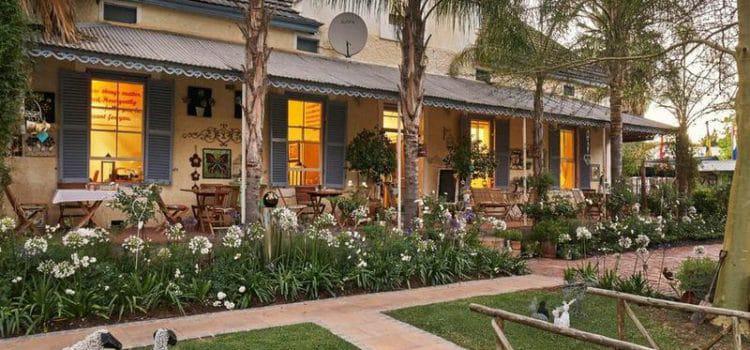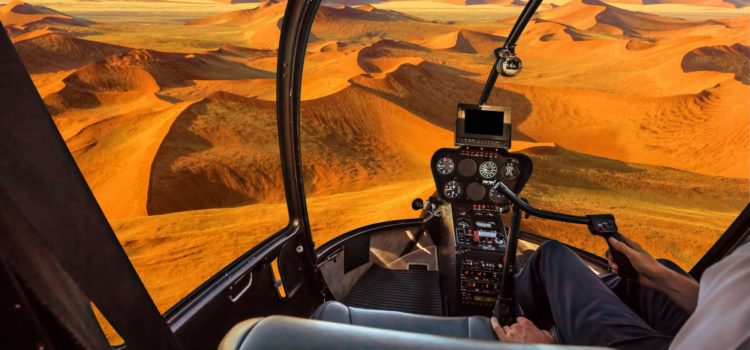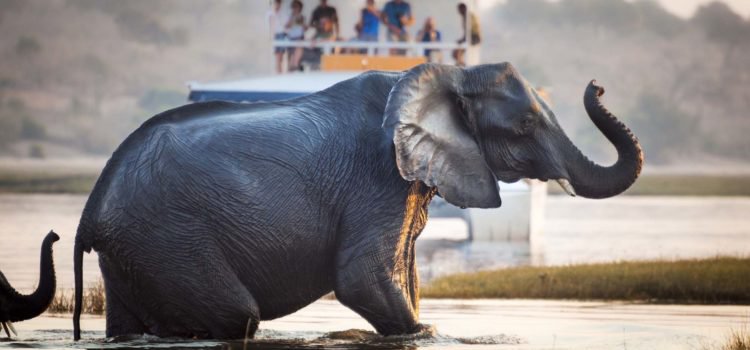Mozambique
Following decades of isolation, Mozambique has emerged as one of the most popular and enticing tourist destinations in Southern African, known not only for its unique historical and cultural heritage, but also for greeting visitors with its warm, exuberant, open arms. Mozambique’s distinct local style consists of a vibrant blend of African, Arab and Portuguese influences and provides a refreshing contrast to the region’s other countries. The passion for life can be seen on every corner of this diverse country, from the modern, bustling city streets and pulsating night life of Maputo – the thriving capital in the far south of the country – to the colorful markets and small fishing villages dotting the 1,500 mile coastline.
Situated on the southeast coast of Africa, bordering the Mozambique Channel, between South Africa and Tanzania, Mozambique is slightly less than twice the size of California. The country Vasco da Gama explored in 1498 and Portugal colonized in 1505 is generally a low-lying plateau broken up by 25 sizable rivers that flow into the Indian Ocean. The largest river is the Zambezi, which provides access to central Africa.
With its tropical beaches, coral reefs and spectacular landscapes, Mozambique’s pristine coastline is one of the few unexplored pleasures of the Indian Ocean and is renowned for its dazzling display of marine life, making it immensely popular among scuba and snorkel divers, sun worshippers and adventure explorers alike. For high-end tourism, one of the main attractions of the coastline is Bazaruto Archipelago, a beautiful, four-island resort and underwater marine park with great diving, deep-sea fishing and sailing. The Archipelago features 180 species of birds, endemic butterflies, suni antelope and freshwater crocodiles, while its protected reefs and beaches support dolphin, dugong, game fish, giant lobster and several species of marine turtle among its wildlife offerings. Bazaruto Archipelago was declared a National Park in 1971.










